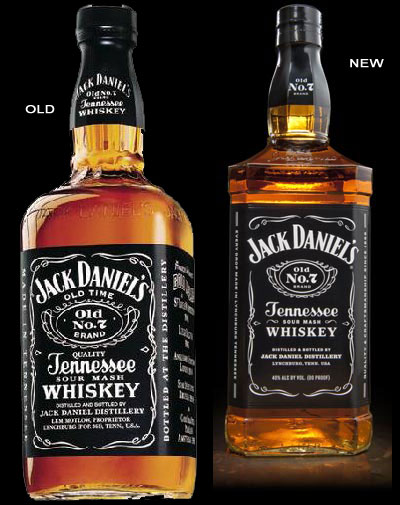All around is chaos. Banners and kiosks for a "tasting" session later in the evening are going up in Daniel's, the formal dining room at The Imperial, where the furniture has been stacked out of sight.
At the bar, a television interview is in progress, so people tip-toe across its hard floors and mime conversations; but some pounding in the distance make a mockery of our staged silence in the restaurant.
Thankfully, the harsh lights go off after a while, and Colin Scott, "master blender" for Chivas Brothers, joins us over a table d'hote lunch of "Imperial Chicken", nixing our suggestion of freshly squeezed juice in favour of a shot of Chivas Regal 18, appropriately swirled with a spash of aqua pura.
Scott's in India [
Images ] with a purpose: to introduce the trade to the 18-year-old Chivas that he's blended himself, and after successful promotions in Mumbai [
Images ] and Bangalore, he's on the last leg in Delhi [
Images ].
"People know the brand," he is sang froid, "they're familiar with Chivas Regal 12, and now with Chivas Regal 18 they're going to be introduced to a breadth of flavours" --something he's blended using whiskies aged 18 years, to create a whisky that's smoother than most by far.
Among the whiskies, two malts -- Strathisla and Longmorn -- are particularly noteworthy as Speyside distillery additions to Chivas 18.
As Chivas's "nose" -- and no doubt "mouth" -- Scott has an unenviable task: of maintaining the consistency and quality of all its whiskies, something he says requires him to do little since the distilleries "provide me the tools" for the task at hand. But with Chivas 18, he's been able to take the Chivas experience to another level.
"There are 80-85 distilleries in Scotland," he explains, "each uses the same raw materials but the characteristics and flavours are distinctly different."
In the case of Chivas 12, the whiskies selected for the blend come from different distilleries and their different characteristics give it its unique taste and flavour.
"When I was creating Chivas Regal 18, I had to reflect the house style of blending whiskies into a smooth and rich palate of flavour," says Scott. "In using blends that were different, however, I had to create that difference from Chivas Regal 12."
In this, he was able to indulge himself: "We have a tradition of ageing whiskies and huge inventories that allowed me to select the whiskies and create the blends I wanted." He was guided by the overall impact he wanted to achieve -- "that the first experience would be smoothness and not any particular flavour".
To my dead palate, he explains the "harmony of flavours" as he savours, now, his second Chivas 18 of the afternoon: "notes that are fruity, nutty, spicy, peaty, grassy, chocolatey, creamy". Nor is that all; each of the notes is further identifiable by more characteristics, the fruity, for example, distinguished by tastes of "apple, pear, plum" and so on.
The House of Chivas processes 3.3 million cases of whisky annually, of which Chivas 18 hopes to achieve a 3 per cent share in a world market among "younger people looking for the fine things of life."
These are, says Scott, the kind of people who consume Prada and Rolex as lifestyle brands. "For them, Chivas Regal 18 is a luxury whisky, something that's ideal for young entrepreneurs."
China's full of such people, and the whisky's a huge hit there since it was introduced last year, but then Scott's clear that his main market lies in duty free shops around the world in general, and in liquor stores in Asia in particular -- where most luxury brands hope to grow.
India is right there too, only its duty structures are slowing down the growth in consumption of high-end imported spirits.








